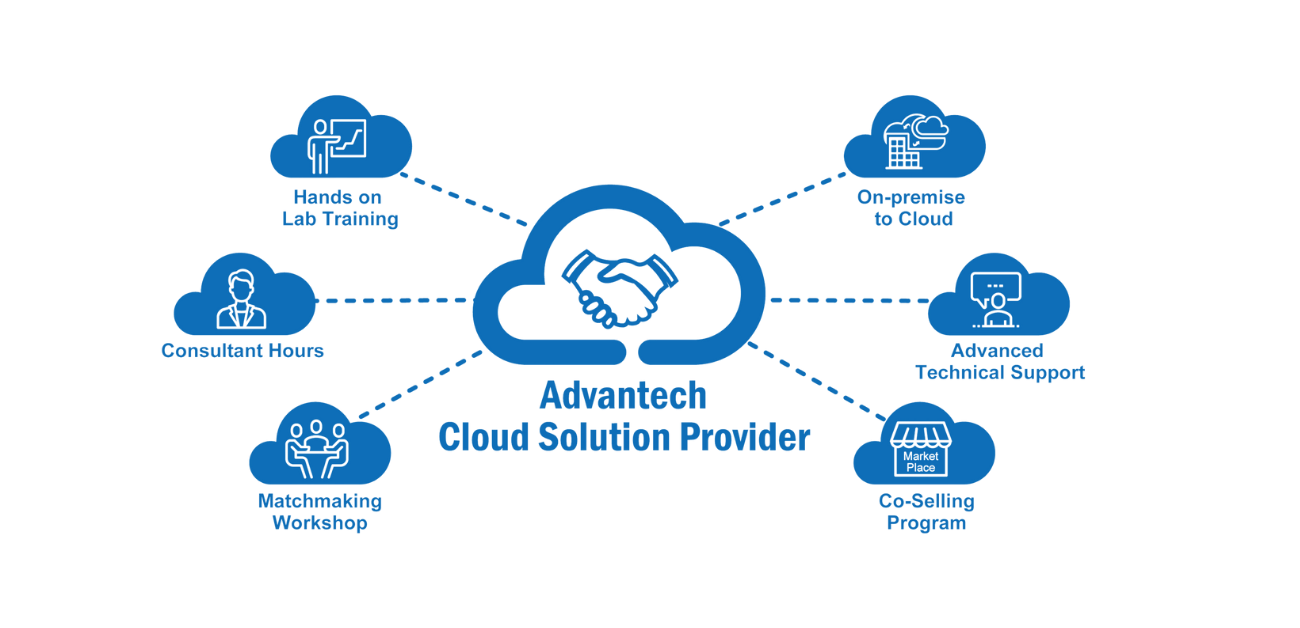LinkDaddy Cloud Services Proficiency: Advanced Techniques for Effective Cloud Services Press Release
LinkDaddy Cloud Services Proficiency: Advanced Techniques for Effective Cloud Services Press Release
Blog Article
Simplify Your Facilities With Cloud Services
As organizations browse the ever-evolving landscape of technology and data management, the duty of cloud solutions in simplifying infrastructure has become progressively famous. Just how can services effectively navigate this change and truly unlock the possibility of cloud solutions for simplifying their facilities?
Benefits of Cloud Solutions
Cloud services offer a structured strategy to handling IT infrastructure, supplying businesses with adaptability, cost-efficiency, and scalability. Among the crucial advantages of cloud solutions is the scalability they provide. Organizations can quickly scale their sources up or down based on need, ensuring they only pay for what they use. This flexibility is specifically advantageous for services with fluctuating needs or those experiencing development.
Additionally, cloud services eliminate the demand for companies to buy costly hardware and software program. This cost-efficiency is a significant advantage, especially for tiny to medium-sized enterprises aiming to minimize in advance costs. By utilizing cloud services, organizations can access top notch IT sources without the large price associated with typical framework arrangements.
Moreover, cloud services supply organizations with the adaptability to access their data and applications from anywhere with a net connection. This degree of ease of access improves cooperation amongst teams, allows remote work, and increases total performance. The versatility supplied by cloud solutions encourages organizations to adjust quickly to transforming market problems and customer demands.
Cost Cost Savings and Scalability
Along with the functional advantages highlighted earlier, the combination of cloud solutions into a company's infrastructure yields significant price financial savings and improved scalability. Cloud solutions supply a pay-as-you-go version, allowing businesses to scale sources up or down based upon present needs, thus staying clear of the expenses related to preserving excess capability. This versatility allows business to adjust quickly to changing demands without sustaining unnecessary costs.
Furthermore, cloud services eliminate the demand for ahead of time investments in software and hardware, minimizing capital investment. Business expenses are likewise decreased as business no much longer require to handle and preserve physical web servers, resulting in reduced power consumption and IT staffing prices. Furthermore, cloud solutions supply automatic updates and upkeep, ensuring that the framework stays safe and secure and updated without needing hands-on interventions.
Boosted Security Procedures
Applying rigorous safety and security actions is critical when incorporating cloud solutions right into a business's infrastructure to make sure and protect delicate data compliance with industry laws. Cloud solution providers use enhanced protection attributes such as information file encryption, firewall software protection, and multi-factor verification to alleviate cybersecurity threats.
Additionally, normal protection audits and compliance evaluations help ensure and determine susceptabilities adherence to market requirements. Business can likewise profit from functions like automatic security updates and real-time threat surveillance given by cloud company. By prioritizing security measures and remaining proactive in resolving potential threats, businesses can confidently utilize cloud solutions while protecting their useful data from unapproved accessibility or violations.
Transitioning to Cloud Facilities
To successfully incorporate cloud services right into a company's framework, an organized approach that attends to the change in the direction of cloud-based solutions is necessary. Transitioning to cloud facilities entails mindful preparation and implementation to guarantee a smooth migration process. The initial step is Source to evaluate the present framework and determine which systems and applications are suitable for migration to the cloud. This evaluation must consider factors such as information sensitivity, conformity demands, and efficiency needs.
When the assessment is full, a migration technique ought to be created. This technique ought to detail the timeline, resources, and obligations websites for moving each component to the cloud. It is vital to communicate this strategy plainly to all stakeholders to make sure placement and minimize disturbances during the change.
During the movement testing, monitoring and process are important to identify and attend to any type of issues immediately. Normal checkpoints should be established to track development and make needed changes. Furthermore, training for employees on utilizing cloud services must be supplied to make sure an effective transition and make best use of the advantages of the brand-new facilities.
Finest Practices for Cloud Fostering
Effective adoption of cloud services pivots on the strategic alignment of company objectives with technical abilities and business readiness. To ensure a smooth change to the cloud, organizations need to start by performing a detailed assessment of their existing facilities and identifying which work are best fit for cloud migration. It is crucial to involve crucial stakeholders from various departments in the decision-making procedure to get buy-in and deal with any problems beforehand.
One more best practice for cloud fostering is to prioritize security and conformity. Organizations has to thoroughly evaluate the security measures offered by cloud provider and make sure that their information is shielded according to industry criteria and governing requirements. Carrying out robust information security, accessibility controls, and normal safety and security audits can help mitigate risks connected with cloud fostering.

Conclusion

As companies browse the ever-evolving landscape of technology and data monitoring, the role of cloud services in streamlining check infrastructure has actually come to be significantly popular - linkdaddy cloud services. How can businesses efficiently navigate this change and truly unlock the capacity of cloud solutions for simplifying their framework?
Cloud services use a structured method to handling IT facilities, supplying organizations with scalability, cost-efficiency, and versatility. By using cloud solutions, businesses can access top notch IT resources without the substantial price tag connected with conventional facilities configurations.
To make sure a smooth change to the cloud, companies must begin by performing a detailed analysis of their present framework and identifying which workloads are best suited for cloud movement.
Report this page